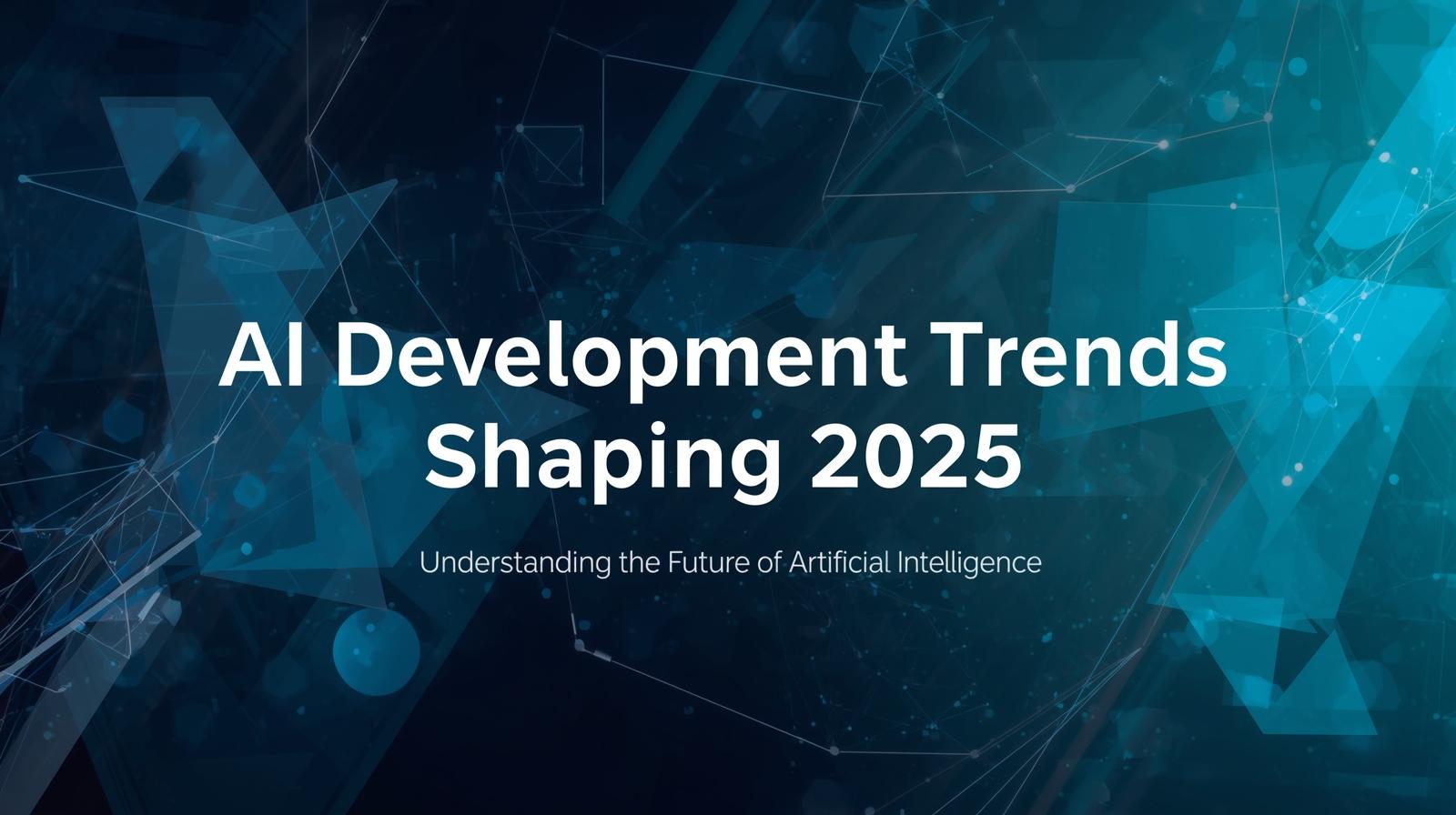AI & Machine Learning
AI Development Trends Shaping 2025

Artificial Intelligence (AI) continues to reshape how software is developed, deployed, and maintained. From small specialized models to powerful foundation models, AI tools are becoming more accessible and integrated across development workflows.
In 2025, AI development trends are not just about performance improvements—they focus on responsible AI, efficiency, and collaboration between human developers and AI assistants.
Smaller, Specialized Models
While large foundation models grab headlines, smaller specialized AI models are increasingly popular for production applications. These models are lightweight, easier to deploy, and optimized for specific tasks such as text summarization, code completion, or image recognition.
Specialized models allow developers to achieve faster inference times and lower infrastructure costs, making AI integration feasible even for startups and medium-sized projects.
AI-Assisted Development Tools
AI-powered developer tools are now part of the standard toolkit. Features such as intelligent code completion, automated testing, bug detection, and documentation generation improve productivity and reduce repetitive tasks.
- Intelligent code completion and refactoring suggestions.
- Automated unit tests and regression testing.
- Natural language to code conversion for rapid prototyping.
- AI-driven code reviews to identify potential issues early.
Responsible and Ethical AI
As AI adoption grows, so does the need for responsible development practices. Ensuring transparency, fairness, and explainability in AI models has become a top priority. AI governance frameworks are being incorporated into development lifecycles to avoid bias and maintain compliance.
Developers are using tools to track model decisions, validate data quality, and detect bias proactively, which is critical for applications in healthcare, finance, and other regulated sectors.
Integration Into CI/CD Pipelines
AI models are no longer static. Continuous training and deployment are becoming standard in development pipelines. Integrating AI into CI/CD workflows ensures that models stay up to date with new data and evolving requirements.
Versioning AI models, monitoring performance, and automating retraining cycles are now key practices for sustainable AI development.
Cross-Disciplinary Collaboration
Modern AI development often requires collaboration across multiple disciplines: data scientists, software engineers, UX designers, and domain experts work together to build effective AI solutions.
Collaboration platforms powered by AI assist in model documentation, reproducibility, and sharing best practices within teams.
Future Directions
Looking ahead, AI will continue to influence the software development lifecycle in more nuanced ways. Trends include AI-generated architectures, adaptive testing systems, and even AI-assisted decision-making for project planning.
Developers should focus on balancing automation with human oversight, prioritizing ethical considerations, and leveraging AI as a tool to augment creativity and problem-solving.
Conclusion
AI development in 2025 is defined by a combination of accessibility, responsibility, and integration. By embracing specialized models, AI-assisted tools, ethical practices, and collaborative workflows, developers can create smarter, more reliable, and innovative applications.